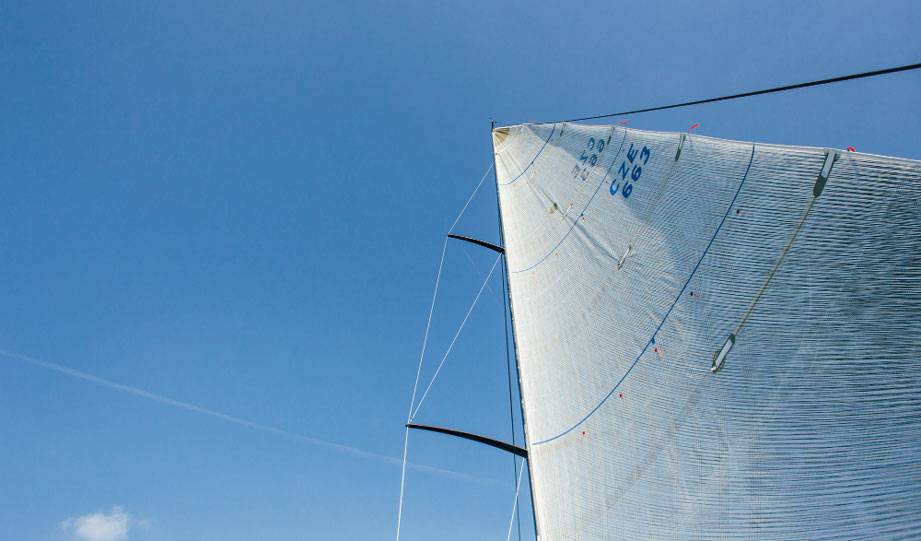Gigantic diesel container ships, decks brimming with cargo are still a common sight in ports from New York to Rotterdam to Hong Kong. But the days of these fuel-guzzling leviathans may be numbered.
Wind, solar electric, and hydrogen-powered ships offer innovative low- or no-carbon alternatives to conventional cargo vessels.
According to Mongabay, wind is about to make a huge comeback in shipping, with a number of experimental sail designs like hard sails, rotating vertical cylinders, and even kite sails being developed as we speak.
“Wind propulsion systems cover a wide spectrum in modern commercial shipping. These range from wind-assisted fossil-fueled vessels (where wind provides auxiliary power), to purely wind-driven ships without auxiliary power, to sailing-hybrid ships where the primary propulsion comes from the wind but is augmented by engines to ensure schedules are maintained.”
One of these innovative vessels, Ecoclipper, is designed as a big new “square-rigger” and a full-sized replica of the Dutch cargo ship Noach built in 1857.
It will operate in the deep sea TransAtlantic and Trans-Pacific trade, carrying 500 gross register tonnage without any mechanical propulsion.
Some of the boldest approaches are sails that look nothing like traditional sails:
Hard sails look like airplane wings set up vertically, while vertical rotor sails resemble smokestacks but actually exploit the Magnus effect — a force acting on a spinning body in a moving airstream.


